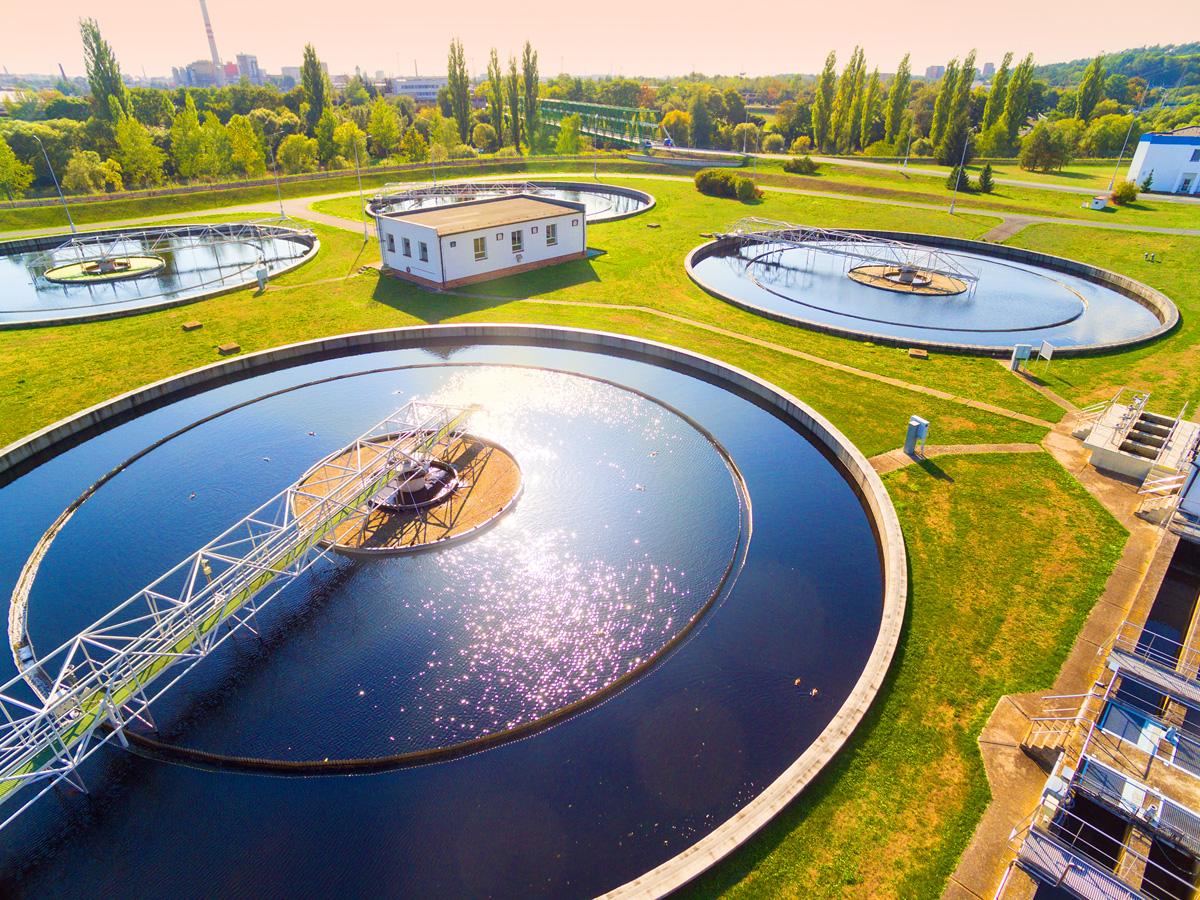Water and Wastewater Treatment: The Essential Role of Treatment Chemicals

Water is essential for life. We all rely on clean, safe drinking water on a daily basis. However, providing potable water and processing wastewater is no simple task. It requires sophisticated treatment processes and the careful use of specialized chemicals.
An Overview of Water Treatment Processes
There are generally three main steps involved in traditional water treatment - physical, chemical, and biological processes. Physical treatment methods rely on filtration and sedimentation to remove particles and suspended solids from the raw water supply. Chemical treatment then uses various coagulants and flocculants to bind smaller particles together so they can be more easily removed. Finally, disinfection chemicals like chlorine kill any remaining pathogens to make the water microbiologically safe for distribution and consumption.
At wastewater treatment plants, a similar treatment train is utilized but in reverse order. Primary treatment uses screening and gravity separation to remove coarser solids. Then during secondary biological treatment, microorganisms break down organic matter. Finally, chemical treatments are used in tertiary treatment to remove nutrients and further disinfect the effluent before being discharged back into receiving water bodies.
Coagulants and Flocculants - Joining Forces against Dirty Water
One of the most important water and waste water treatment chemicals steps is the addition of coagulants and flocculants. Coagulants like ferric chloride, ferric sulfate, and aluminum sulfate work by neutralizing charges on small particles in raw water, allowing them to collide and stick together. However, the particles alone often re-stabilize due to Brownian motion. This is where polymer flocculants come into play.
Flocculants like anionic polyacrylamide are high molecular weight polymers that enhance the formation and settlement of micro-flocs. When added after the coagulant, they help bridge gaps between destabilized particles, forming larger flocs that are more easily removed by sedimentation or filtration. Proper coagulant and flocculant dosage is critical - too little and particles remain suspended, too much creates process and disposal challenges. Careful control and experimentation is needed to optimize treatment.
Removing Excess Nutrients through Chemical Polishing
Another important role of chemical treatment is nutrient removal. Excess nitrogen and phosphorus in wastewater effluent can overstimulate algae growth when discharged into rivers, lakes, and oceans. This causes eutrophication which depletes oxygen levels and damages aquatic ecosystems. Chemically-enhanced nutrient removal processes use metal salt coagulants like ferric chloride or aluminum sulfate during secondary or tertiary treatment to precipitate phosphorus for later removal.
Polymers may also be dosed to enhance phosphorus precipitation. By tightly binding nutrients, these chemicals allow wastewater facilities to meet stringent discharge limits for nitrogen and phosphorus. They play an essential role in preserving the quality of receiving waters and the health of aquatic environments nationwide. With human activities continually adding excess nutrients from fertilizers and other sources, advanced treatment methods relying on carefully controlled chemical addition will become ever more important going forward.
Chemical Disinfection: The Final Safeguard
No water or wastewater treatment process would be complete without disinfection to inactivate harmful pathogens before discharge or distribution. Chlorine in forms of chlorine gas, sodium hypochlorite, or calcium hypochlorite is the most widely used chemical disinfectant. When added at the end of the treatment process, chlorine forms hydroxyl free radicals that damage cell walls and DNA of viruses, bacteria, and protozoa.
Alternative disinfectants like chloramines, chlorine dioxide, ozone, and ultraviolet light are also utilized depending on specific plant needs or regulations. Dechlorination may then be required before water is returned to the environment to remove residual chlorine that could otherwise prove toxic to aquatic life. Proper disinfectant dosing is vital - underdosing fails to kill pathogens while overdosing risks creating disinfection byproducts during chlorine decay. Consistent monitoring and testing ensures treatment facilities provide protection from waterborne diseases.
Chemical Storage, Handling, and Safety Considerations
For all their invaluable benefits, many water and wastewater treatment chemicals also demand careful handling and storage due to associated risks. Corrosive acids and bases, flammable compounds, and toxic heavy metals all require proper personal protective equipment, ventilation, spill containment, safety showers, and other protections for workers. Regulations ensure chemicals are transported, fed, and disposed of securely according to strict protocols.
Emerging Contaminants also Present New Challenges
Current treatment techniques have been highly successful at removing traditional pollutants. However, traces of complex contaminants like endocrine disrupting compounds, antibiotics, and flame retardants increasingly appear in source waters and pose new treatment challenges. Research into advanced oxidation processes using chemicals like ozone, chlorine dioxide, potassium permanganate, and Fenton's reagent aims to break down these persistent organic pollutants into more harmless breakdown products. As waters become more impacted, innovative treatment chemicals will be crucial to continued progress.
Explore Our More Blogs Here: https://www.newsanalyticspro.com/water-and-wastewater-treatment-chemicals-ensuring-safe-water-for-all/
Explore more trending article on this topic: https://captionssky.com/isohexadecane-a-synthetic-emollient-for-wide-range-cosmetic-applications/
- Art
- Causes
- Crafts
- Dance
- Drinks
- Film
- Fitness
- Food
- Juegos
- Gardening
- Health
- Home
- Literature
- Music
- Networking
- Other
- Party
- Religion
- Shopping
- Sports
- Theater
- Wellness
- IT, Cloud, Software and Technology


